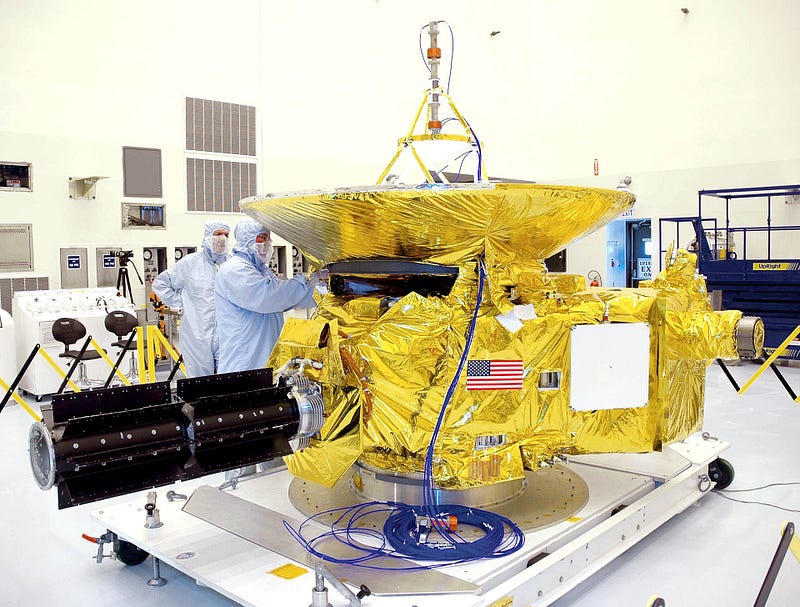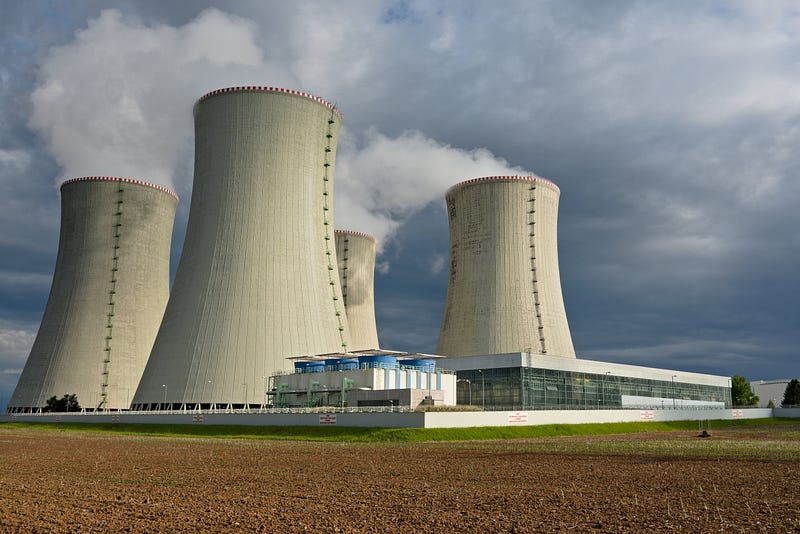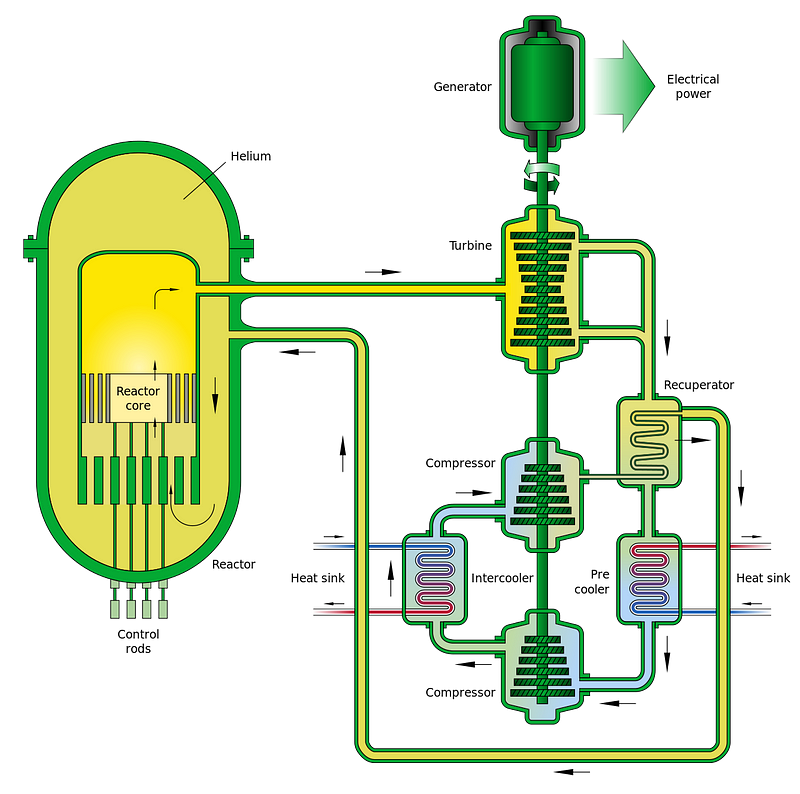NASA's Innovative Lunar Nuclear Reactors: A Game Changer Ahead
Written on
The Future of Lunar Exploration
NASA is experiencing a resurgence in its space exploration efforts, aiming to return to the Moon while also preparing for missions to Mars and launching advanced solar system probes. To power these ambitious endeavors, NASA recognizes the need for a new energy source, as traditional solar panels and radioisotope thermoelectric generators (RTGs) are no longer sufficient. Recently, NASA awarded three contracts to companies to develop cutting-edge nuclear reactors specifically designed for space travel. But what drives NASA's shift towards nuclear energy? How will these reactors function? And could they revolutionize energy use both in space and on Earth?
NASA's Artemis initiative plans to extensively explore the lunar surface, which requires substantial energy resources. This energy must be adaptable and capable of being relocated easily as missions progress.

Challenges with Solar Power
While solar energy has potential, transporting a large solar array across the Moon's surface proves impractical. Additionally, a significant number of solar panels would occupy critical payload space on rockets, leaving little room for essential equipment. Thus, solar power is not a viable solution for these missions. Another option, RTGs, utilizes a plutonium core that generates heat through radioactive decay, converting it into power via thermocouples. Although RTGs are compact and provide continuous power for decades, they also emit substantial radiation, rendering them unsafe for human proximity over extended periods. For instance, the RTG used in NASA's New Horizons mission produces merely 200 watts, which is insufficient for more demanding operations.

The Quest for Advanced Reactors
What NASA truly needs is a compact, lightweight, powerful, and safe nuclear reactor. The agency has recently contracted Lockheed Martin, Westinghouse, and IX, each receiving $5 million to design a reactor that can produce 40 kilowatts of power, operate safely on the lunar surface for over a decade, and be ready for deployment by the end of this decade.
The challenge is significant; developing and testing land-based reactors can take decades. Ensuring that these designs are lightweight, compact, and safe for launch adds another layer of complexity. A probable solution is the gas-cooled fast reactor (GFR) design, which aligns perfectly with NASA's requirements.

Cooling Solutions for Space
The primary concern for any reactor is effective cooling. Nuclear fission generates substantial heat, so finding a means to dissipate that heat while maintaining efficiency is crucial. Traditional nuclear power plants rely on large volumes of water for cooling, necessitating their placement near rivers. This model isn't feasible for lunar missions.
Instead, NASA could adopt gas-cooling methods, using helium instead of water. This approach allows for a closed-loop system where the gas is heated, expands, and drives turbines to generate power, all while being highly compact and easily miniaturized—ideal for space applications.

Fast Reactor Technology
Fast reactors employ higher energy radiation (fast neutrons) to convert uranium-238, which is stable and not fissile, into plutonium-239, which can undergo fission. This means that when inactive, the fuel is safe and non-radioactive. This enhanced safety feature is critical for meeting the stringent regulations required for launching nuclear materials into space.
Companies like Westinghouse have experience with fast reactor designs, providing a solid foundation for developing a miniature GFR.
Potential Impact Beyond the Moon
Once NASA secures this next-generation reactor, its applications will extend beyond the Artemis missions. Such reactors could be instrumental in establishing a modular base on Mars, where solar energy is less effective. They could also power advanced probes for exploring the icy moons of Jupiter and Saturn, which may harbor subsurface oceans capable of supporting life. The energy demands for these complex missions far exceed the capabilities of solar and RTG systems but could be met with this new reactor technology.

Applications on Earth
This technology could also have significant terrestrial implications. Numerous companies are working to develop Small Modular Reactors (SMRs) that are safer, cheaper, and more flexible than existing reactors. These units could be easily transported to provide power in disaster zones, supply clean energy to isolated areas, and even operate environmentally friendly ships. However, regulatory challenges have hindered progress, particularly concerning waste management. NASA's reactor, designed with these issues in mind, could seamlessly integrate into the SMR framework.
In summary, NASA is on the brink of introducing a cutting-edge nuclear reactor that is sufficiently safe, compact, and light for space missions. This innovation not only promises to advance lunar exploration but also to support future endeavors in the search for extraterrestrial life, assist in human colonization of Mars, and contribute to a global shift toward carbon-neutral energy solutions.
The first video explores the feasibility of deploying advanced nuclear reactors on the Moon, discussing design challenges and potential impacts on space exploration.
The second video delves into NASA's plans for a lunar nuclear reactor, examining the implications for future missions and energy solutions.